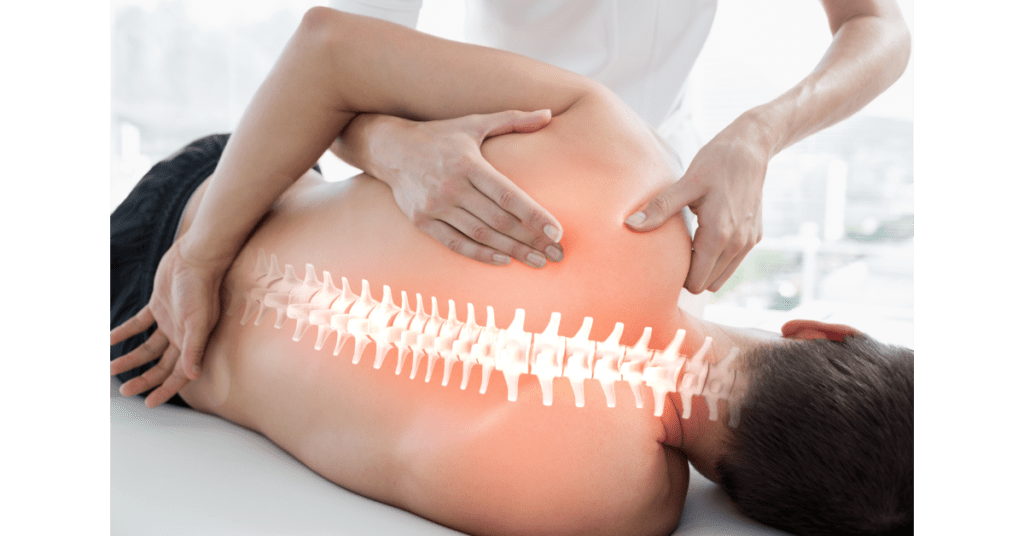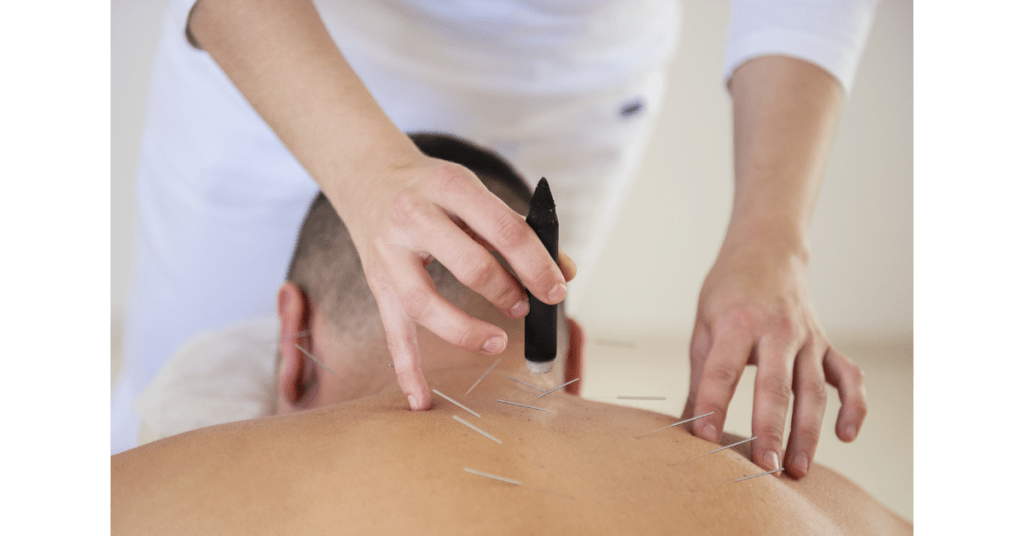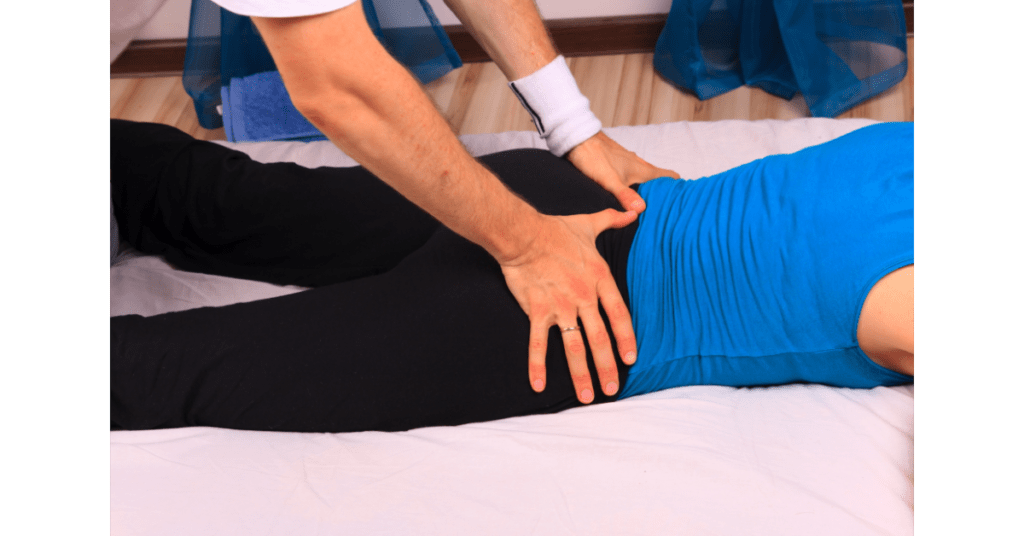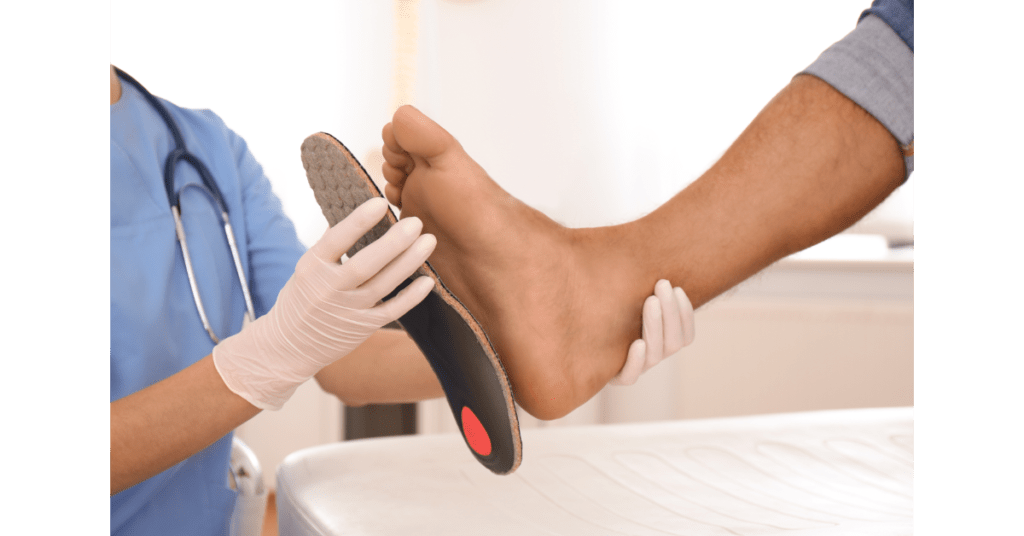What is Ankle Osteoarthritis?
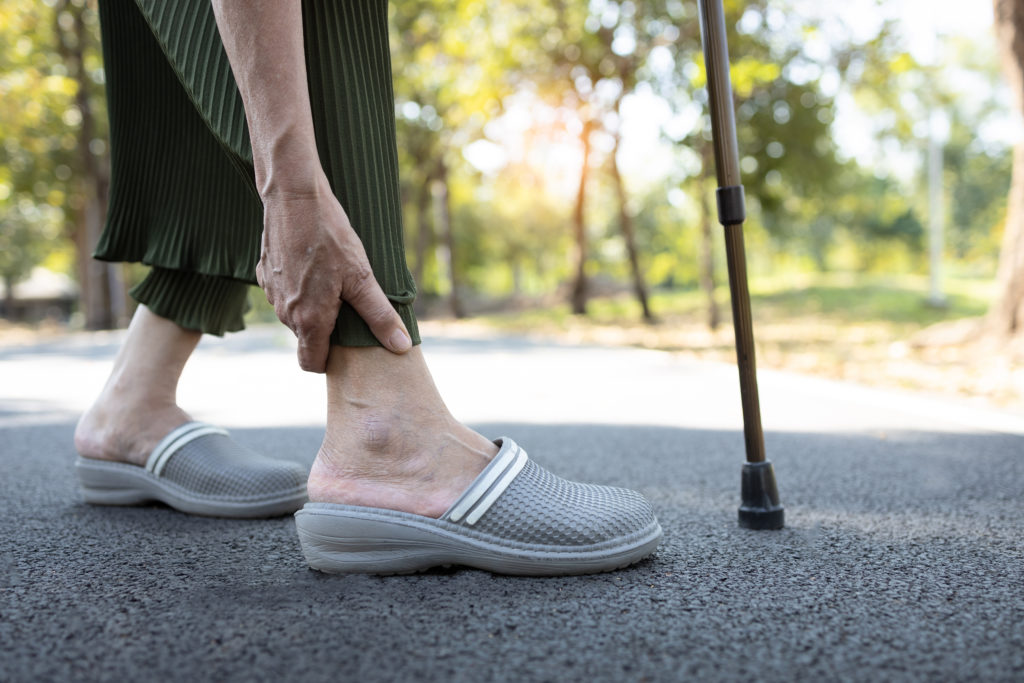
The ankle joint functions much like a ‘hinge joint’ as it can move up (dorsiflexion) and down (plantar flexion). The ankle consists of three bones, the lower end of the shin bones (the tibia and fibula), and the heel (or the talus bone).
All the three bones are covered with cartilage, which is a smooth, rubbery coating and serves like the body’s shock absorbers. The cartilage keeps the ankle stable and enables smooth and painless movements. When the cartilage surrounding the tibia, fibula, and talus bones wears away, gradually exposing the bone, the condition is known as Ankle Osteoarthritis (OA). With the advancement of ankle osteoarthritis, painful bone spurs called osteophytes are formed in place of the cartilage.
What causes Ankle Osteoarthritis?
In spite of the pivotal role of the ankle, as a joint that carries a lot of the body’s weight, ankle osteoarthritis is not so common, mainly due to the denseness and toughness of the cartilage. Ankle osteoarthritis is 9 times less common than knee osteoarthritis. In fact, the main cause of ankle osteoarthritis is said to be a previous injury. However, there are several other factors that can lead to increasing the risk of OA.
These factors are Age (particularly being over 40), Being overweight, A family history of osteoarthritis, Genetic defects in the cartilage or ankles, Long-term, repetitive strain on the ankles (usually a demanding profession like mining), or repeated motion like marathon running. Additional strain on the ankles is also caused due to being flat-footed or having high arches. Generally, women are more prone to getting osteoarthritis.
What are the signs & symptoms of Ankle Osteoarthritis?
Pain in the lower shin, back of the foot, or middle of the foot are the most common symptoms of ankle osteoarthritis. This pain may develop gradually over a period of time, or sometimes it could even happen suddenly. Pain, swelling, tenderness of the ankle joint, stiffness, and a sticking feeling in the ankle, particularly after sitting for a long time, are a few of the other symptoms of ankle osteoarthritis. Signs such as decreased range of motion and pain during walking or stepping on the brake pedal while driving, a clicking, crunching or snapping sound called crepitus, or pain during or after any strenuous activity are all signs of ankle osteoarthritis. The ankle buckles or gives out during such activities due to weakness.
How is Ankle Osteoarthritis treated?
Although there is no cure for ankle osteoarthritis, one can manage the pain through several treatment options. This will also help in improving your quality of life. Treatment options range from conservative to invasive, the most common being self-care and lifestyle modification. By making small changes in one’s daily routine and minimizing activities that put stress on the ankle joint, you can reduce stress to a large extent. This will result in reducing pain and increasing functionality. For example, you could take up walking in place of jogging or running and swimming instead of tennis and minimize activities like climbing the stairs.
A physiotherapist can guide you on how to strengthen your ankle and increase flexibility and range of motion through routine exercises. Options include applying cold therapy to relieve pain and for reducing inflammation, or using assistive devices that can remove the stress on the ankle joint. For instance, a cane or walker can take the pressure off from the ankle and a brace can support your ankle by shifting the weight from the painful and affected area.
To get advice on the best device for your condition, you need to consult a doctor, physiotherapist, chiropractor, or occupational therapist who can guide you in choosing the most appropriate device. Orthotics that are customized can support and absorb the shock from your routine activities. Pain management for ankle osteoarthritis requires medication. Ibuprofen and acetaminophen are available over the counter and can help in reducing pain and inflammation. Topical medications like sprays, gels, creams, and patches can be applied directly to the skin of the painful areas. Medications with counterirritants can also be bought over the counter. Non-steroidal anti-inflammatory drugs (NSAIDs), however, may need a doctor’s prescription.
In order to reduce the swelling and pain in the ankle, doctors also use steroid injections. Physiotherapy and surgery Physiotherapy helps to improve the functioning of the ankle and slows down the pace of progression. Research studies indicate that physical activity is safe and effective for the treatment of ankle osteoarthritis. Physical exercise not only reduces pain but also improves the movement in the joints, balance, and stability. A combination of treatments is used as part of physiotherapy. These include Massage therapy, Strengthening, balance and endurance exercises, Pool therapy, Joint mobilizations, Bracing, taping, or orthotics. Pain reducing treatments include Therapeutic ultrasound and TENS Electrotherapy. At our clinic we have notice by using Simply Align Technique which includes advance physical modalities, activity modification and specific exercises we have faster, longer lasting results with reduced healing time.
Are you concerned about Ankle Osteoarthritis? Book an assessment today at 3630 Lawrence Ave E, Scarborough, ON M1G 1P6 or at 200 Marycroft Ave, Unit #6, Woodbridge, ON, L4L 5X9.
If no other treatment provides you relief from pain in ankle osteoarthritis, the doctor will advise surgery. Surgery is the most invasive type of treatment. Post-surgery, during the period of recovery, a physiotherapist will assist you in regaining your strength and help restore range of motion to the ankle. During the surgery, osteophytes and bone spurs are taken out and rough cartilage is made smooth to reduce the irritation from the joint in the ankle arthrodia stasis. A device is secured externally to the talus and tibia, using metal pins, to stretch out the ankle joint and increase the space between the talus and the tibia. The device is removed after 3 months of wearing. An ankle fusion surgery, called arthrodesis, fuses the tibia, fibula, and talus together. It removes the friction and pain caused by worn cartilage and increases the stability of the ankle joint. However, this reduces flexibility and puts stress on other joints of the body, like the hip and the knee. The most drastic treatment of ankle osteoarthritis is when the bone and the damaged cartilage are taken out and substituted with artificial surfaces.

